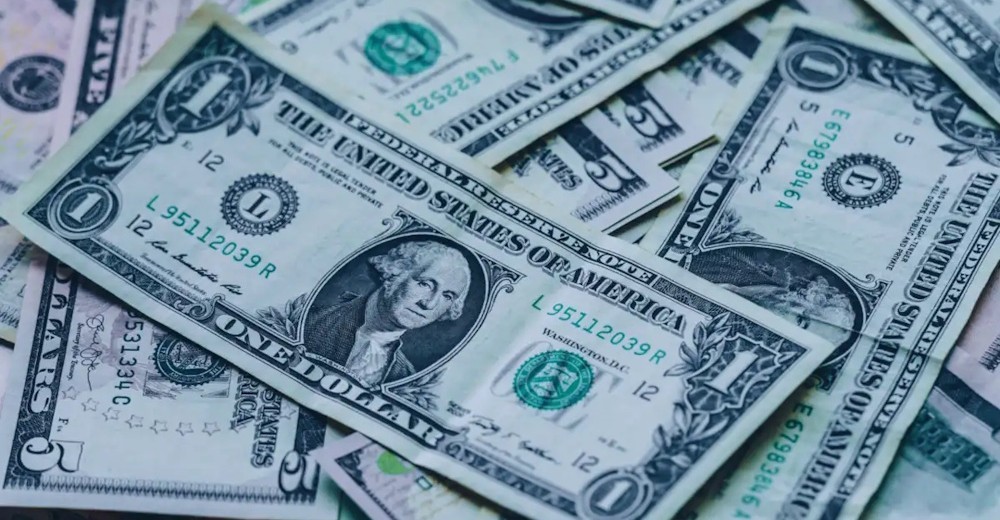
The U.S. dollar experienced a decline against the euro, Chinese yuan, and Australian dollar. This shift was driven by increased optimism surrounding a potential U.S.-China trade deal, which enhanced risk appetite and diminished the demand for the greenback. Overall movements in the currency markets were relatively subdued as traders anticipated several important central bank meetings this week. U.S. President Donald Trump stated on Monday that the United States and China were poised to “come away” with a trade deal. Trump is anticipated to engage with Chinese President Xi Jinping this week in South Korea.
“The market’s kind of euphoric,” stated Marc Chandler highlighting the robust gains in global stock markets as gold experienced a decline. According to Chandler, the markets are buoyed by three primary developments. “It appears that the U.S. and China have distanced themselves from the edge.” Chandler noted, “The U.S. struck foreign trade deals or frameworks with some East Asian countries, and Milei did better in Argentina,” referring to the president of the South American country. In the recent midterm legislative elections, Argentine President Javier Milei’s party achieved a significant victory, granting him a mandate to continue his economic overhaul initiatives.
The dollar index recently decreased by 0.11%, standing at 98.84, while the euro experienced a rise of 0.15%, reaching $1.1643. Market direction later this week is likely to be influenced significantly by central banks, as the Federal Reserve and Bank of Canada are anticipated to implement rate cuts on Wednesday. Meanwhile, the European Central Bank and Bank of Japan are expected to maintain their current rates on Thursday. Given that a 25-basis-point Fed rate cut is already factored in, market participants will be vigilant for indications that the central bank might be gearing up to conclude its quantitative tightening initiative. The People’s Bank of China has strengthened the Chinese yuan by establishing the official yuan midpoint rate above expectations. Before the market opened, the official yuan midpoint rate was established at 7.0881 per dollar, marking the strongest level since October 15, 2024, and surpassing estimate of 7.1146. Chris Turner indicated in a report that the action could represent a gesture of goodwill in anticipation of Thursday’s Trump-Xi meeting, or it may signal China’s intention to enhance its domestic demand.
“Regardless, a more robust renminbi typically bolsters global emerging market currencies and tends to have a slight negative impact on the dollar,” Turner stated. The Chinese offshore yuan appreciated to a level not seen in over a month, reaching a high of 7.1015 against the dollar. The Australian dollar experienced an increase of 0.63% against the US dollar, reaching a value of $0.6554. The Australian dollar experienced an uplift due to the relatively hawkish remarks made by the head of the country’s central bank. On Monday, Reserve Bank of Australia Governor Michele Bullock indicated that a 0.9% increase in core inflation for the third quarter would represent a “material miss” against forecasts, a factor that the board must consider when evaluating the potential for interest rate cuts next week. Market participants are closely monitoring the upcoming meeting on Tuesday between Trump and Japan’s new Prime Minister Sanae Takaichi, where trade issues will be a key topic of discussion.
